Rio de Janeiro: a guide to Brazil's iconic city
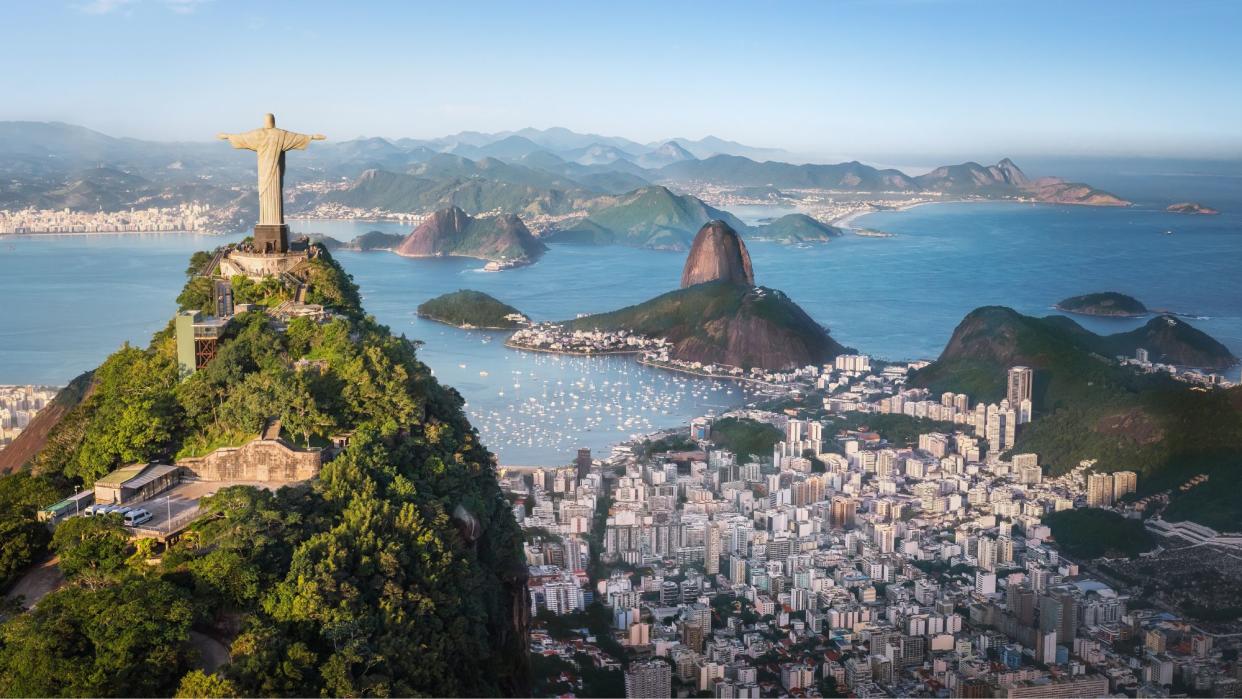
- Oops!Something went wrong.Please try again later.
The natural world is a constant source of pleasure in Rio de Janeiro – the colossal rocks that tower like ancestral gods at the end of every street, the rainforest encroaching all around, the vast golden beaches, the soaring seabirds, the heat and light and the roaring, sparkling surf – in all, an ecstatic, ever-shifting symphony that no other city on the planet can match.
Rising easily to the challenge, however, is the city's music, from the orchestral visions of Villa Lobos to the rich tradition of samba, with its roots in Afro-Brazilian culture and religion. It's the lifeblood of Rio's famous nightlife, and of the fabulous street parties in the weeks leading up to Carnival, culminating in the televised samba parade, the biggest show on earth.
Mountains, beaches, music and dance – Rio is best known for these, but there's far more to the city than them. Founded in 1565, it was the capital of Brazil from 1763 until 1960, and has much to show for itself in every sphere of culture, including gilded baroque churches, iconic works of modernist architecture, august museums and art galleries, and an increasingly diverse and exciting restaurant scene.

Discovering Rio's art scene
Rio has always drawn artists with its wealth, its political importance and its sheer beauty. It has several grand art museums, from the 19th-century Museu Nacional de Belas Artes to Oscar Niemeyer's spectacular Museu de Arte Contemporânea. And it is home to many of Brazil's best-known artists – Beatriz Milhazes, Vik Muniz and so on – and to some of its liveliest up-and-coming talents, many of whom started out in the street art scene of the suburbs and favelas. On a recent trip, I got to meet some of these luminaries thanks to the Rio-based tour operator Dehouche, whose contacts can arrange visits to the city's top studios and private collections.
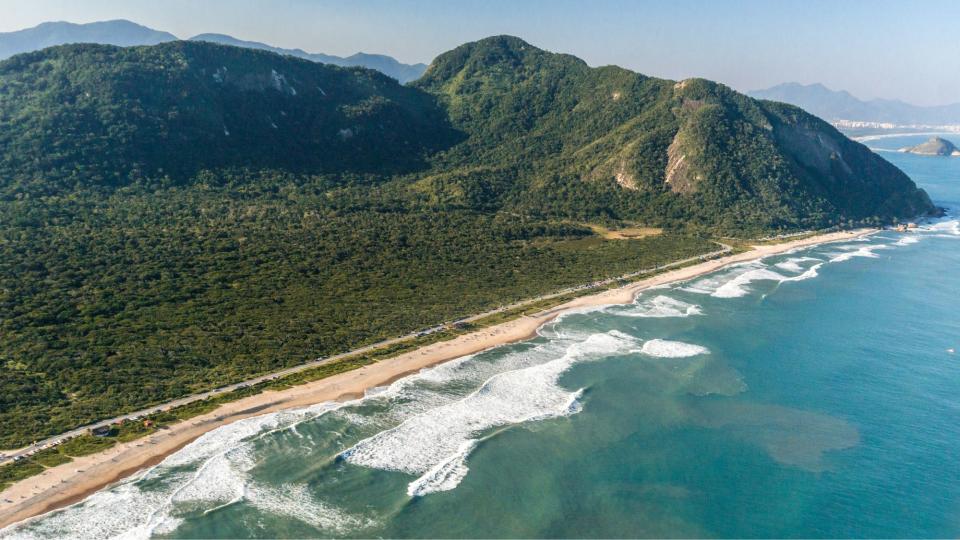
Exploring Rio's wild side
The outdoors life is half the fun of being in Rio. You might visit one of the breathtaking beaches on the city's outskirts (Grumari, for instance), or try paragliding from the Pedra da Gávea, one of its tallest peaks. But there's no surer way of tapping into the deep magic of its wild places than a bird watching trip in the jungled mountains at its heart – the world's biggest urban forest. I went with the expert guide Ricardo Barbosa (another Dehouche contact) and spotted 64 species in a single morning, from toucans and black hawk eagles to dazzling smaller species with delectable names, such as the black-cheeked gnateater, the blue manakin, the masked water-tyrant and the violaceous euphonia.
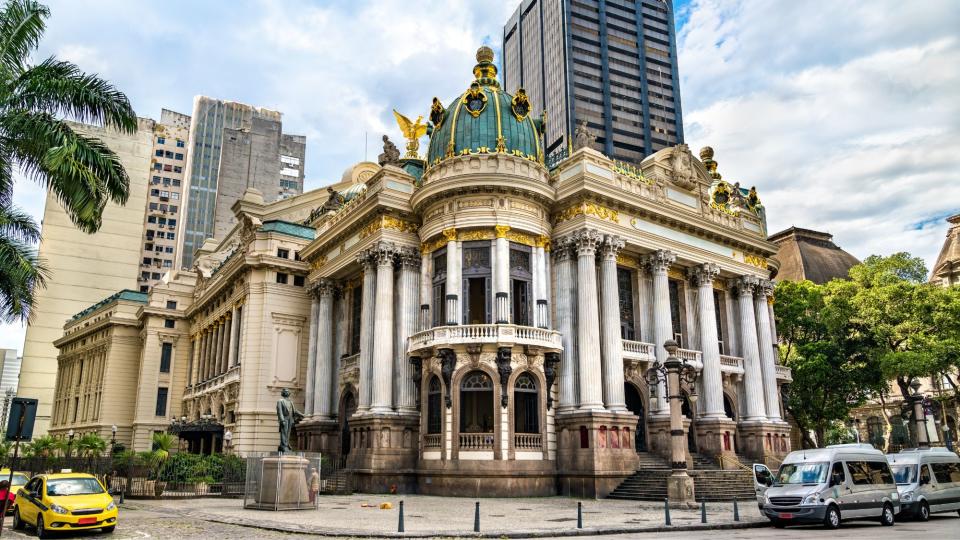
A city of music and dance
Music fans are likely to enjoy the small but intriguing Museu Villa-Lobos, and the Theatro Municipal, Rio's magnificent Belle Epoque opera house. But still more indispensable are the samba joints in the raucous districts of Lapa and Gamboa, such as the Vaca Atolada, a tiny neon-lit bar with a central table around which samba groups regularly gather to play and sing. During one of my trips to Rio, I delved deeper into this scene, taking dance lessons, visiting the studio of a top-flight samba parade costumier, and spending an evening at one of the suburban samba schools – half rehearsal space, half social club – where locals prepare for the big day.
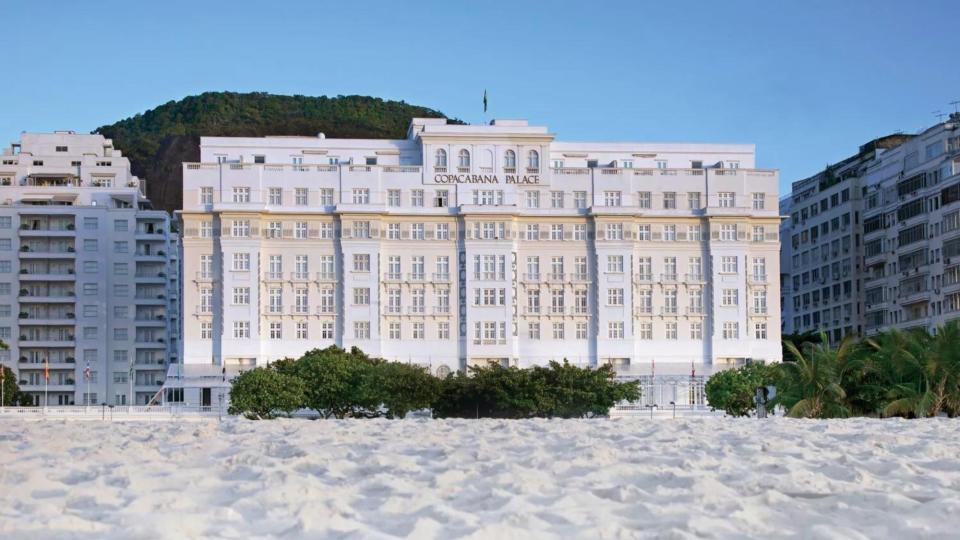
Where to stay
The grand dame of Rio hotels is the Copacabana Palace, A Belmond Hotel, an airy Art Deco edifice featured in "Flying Down to Rio", the 1933 film in which Fred Astaire and Ginger Rogers appeared together for the first time. Chic modern alternatives include the Fasano (in Ipanema), the Emiliano (in Copacabana) and the Arpoador (between the two), which is smaller and more affordable but impeccably stylish, and sits on the only pedestrianised stretch of beachfront in the city. Alternatively, you might stay away from the ocean in the gorgeous old hilltop district of Santa Teresa. Among its most elegant hotels is Chez Georges, a modernist villa set among trees, with its own recording studio and soul-stirring views across the city.
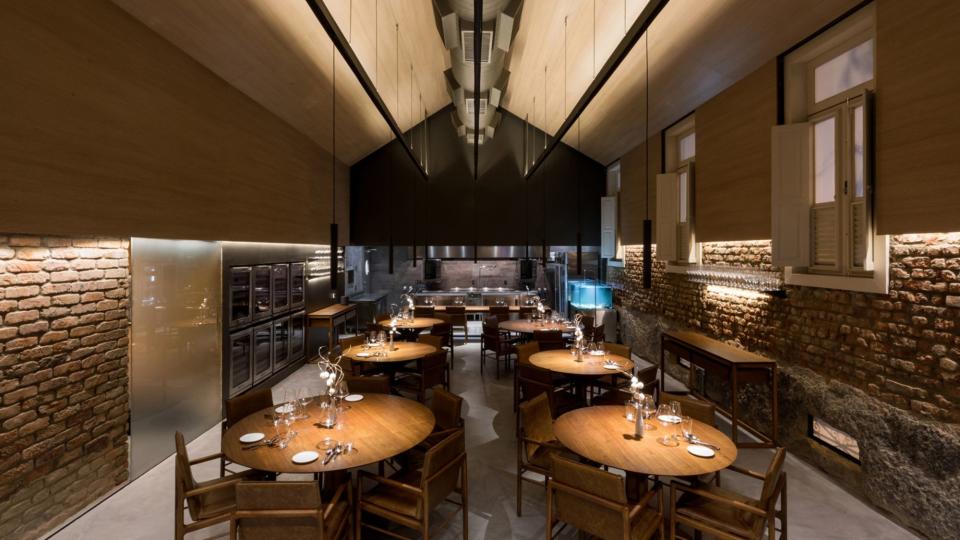
Eating out
During the last century, Rio couldn't compete with Sao Paulo, Brazil's modern financial and industrial powerhouse, when it came to gastronomy. But in the past couple of decades, its restaurant scene has flourished. Chefs such as Felipe Bronze, Alberto Landgraf and Rafa Costa e Silva have won Michelin stars for their wildly sophisticated takes on Brazilian culinary traditions at the likes of two-star Oro, two-star Oteque and one star Lasai. And Rio is also a good place to discover some of the country's most exciting regional cuisines – at Tacaca do Norte, for instance (a tiny café serving dishes from Belem, on the Amazon river), or Aconchego Carioca (for imaginative versions of the African-influenced food of the north-east).
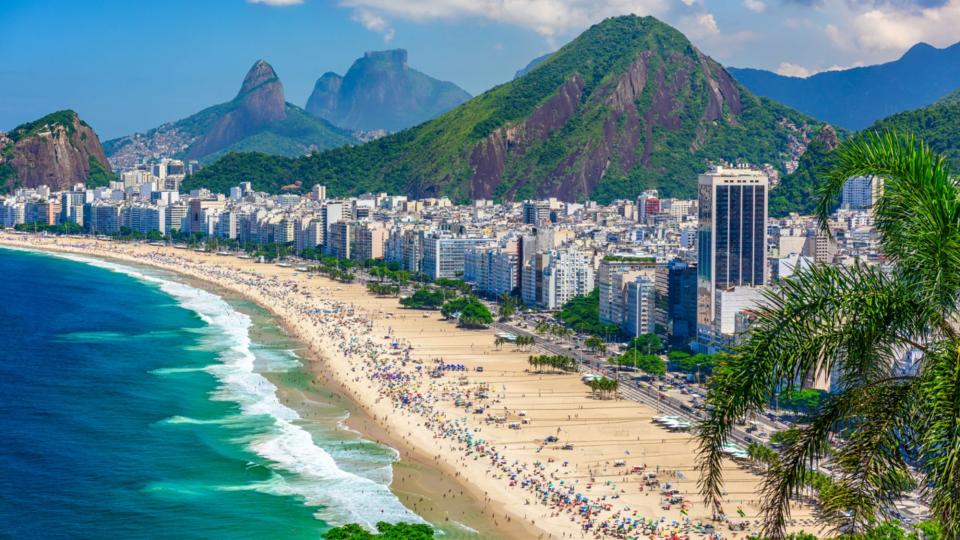
How to get there
Dehouche, a British-owned company based in Rio, can organise tailor-made trips to Brazil from £4,500 per person for 12 days, including flights.
Tom Yarwood was a guest of Dehouche; dehouche.com
Sign up for The Week’s Travel newsletter for destination inspiration and the latest news and trends.

